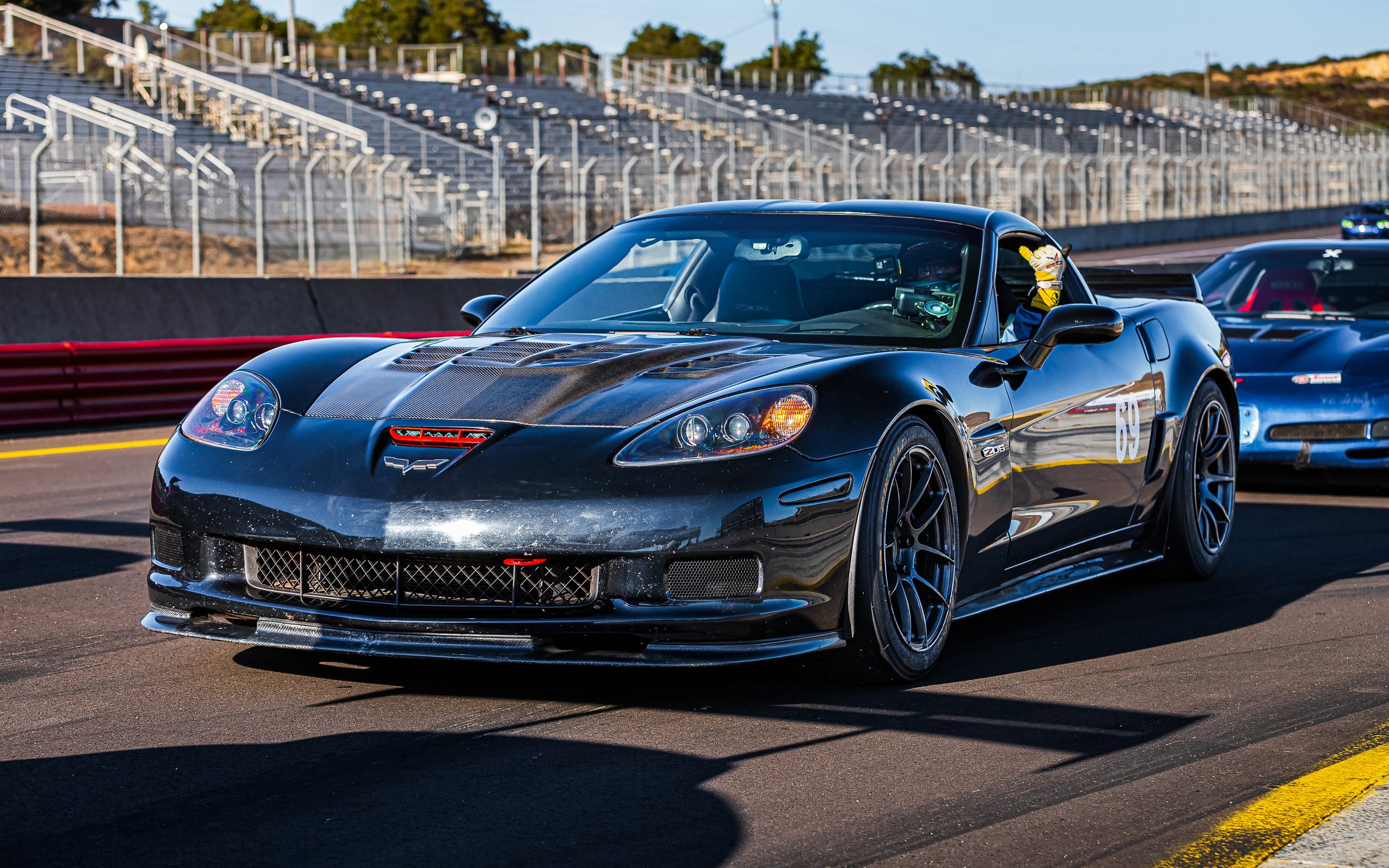
SpeedSF Blog
Every Build Has a Story – Meet the Cars of SpeedSF

Cody’s C6 Z06: Father-Son Duo Builds Best Of Both Worlds
Some claim a true street-track car can't be good at anything, but Cody Bulkley thinks otherwise. His background in FSAE and his current role with GM have given him special setup insight to help strike that elusive balance between race car and street car, which is reflected in the performance and versatility of this C6 Z06.

Thomas' Corvette: In Good Company
In only two years, Thomas has learned more than most will grasp in a decade of track days. Having a solid, dependable C5 has helped him put in his time, and having Elite Performance as a resource has made fine-tuning the car so much simpler.
